Editor’s note: I don’t like boots with waterproof/breathable liners in hiking boots or trekkers. In the interest of fair and balanced reporting, I asked a very experienced outdoorsman what he thought of those liners.
Robert A. Patterson lives in Minnesota, and many of his footwear requirements are the opposite of mine. I’m out in high deserts, mountains, big rivers and really hot weather, while Bob deals with really cold, wet, slushy weather, deep snow and below zero temperatures in extreme, nasty weather. In some situations, he likes the liners. Read why.
by Robert A. Patterson
Many years ago, someone asked me why I had so many canoes and kayaks. I told him you don’t race a VW “Beetle” in the Indy 500. Correspondingly, in my trial-and-error search to find the “perfect” boot, I have ended up with probably about 50 pairs of boots.
If you live in an area with only one kind of weather, it’s a lot easier to pick one good boot. THE prefect boot does not exist in Minnesota. Some of my boots are Gore-Tex®, some just leather, some nylon, and some nylon mesh, etc. (Keep in mind “Gore-Tex®” is a trade name but is generally used for a waterproof/breathable membrane, just like “Kleenex” is used for a facial tissue. So, to keep it simple, I’ll call it a WPBM.)
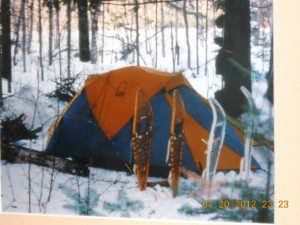
This tent is designed for winter camping, and cold temperatures. Your boots should be too.
The boot has to match the chore. This is influenced by climate, terrain, and activity. But the overlying principle is, when you’re in a situation where you rely on your feet for survival – protect them at all costs.
I used to spend some time in Canada when no one knew where we were and we wouldn’t see another human for 10 days. A foot or ankle injury would not only have ruined an incredible canoe trip, but could easily have been life threatening. Depending on your situation, a serious injury can be as simple as a blister.
Two basic footwear principles to keep in mind are:
Wet feet suck!
Cold wet feet suck more!! (Here are some tips for keeping your feet warm.)
Just like we discussed with rain gear, there is not a WPBM that can transport water vapor as fast as the body’s ability to produce sweat. So, the selection of socks, and the frequency with which they are changed, is a major consideration. Insulation impedes the transfer of heat by conduction and convection. This is true for heat coming in during hot weather, and heat going out during cold weather. Wet material doesn’t insulate as well as dry material. That being said, cotton is a “sponge” that should never see the inside of a boot.
Several years ago, I found Omni-Wool socks. It is seldom that you find a “perfect” product, but I haven’t looked for every day socks since. I use a thicker, but still wool, sock for winter weather hunting in northern Minnesota. (Learn more about wool socks.)
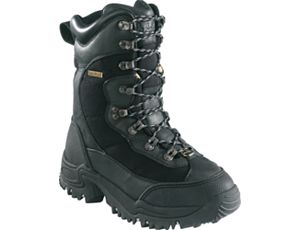
Cabelas Inferno
Cabela’s Inferno boot is my go-to cold weather hunting boot. It is Gore-Tex, but has a lot of insulation which aids in fluffing some air, and moisture, in and out. Minnesota has a considerable amount of freeze/thaw weather, and “up north” generally has poor drainage with a lot of swamps. Cold and wet conditions are major considerations. Most of my time is spent sitting in a blind with very little activity which produces less perspiration than tracking deer.
I looked at Steger mukluks several years ago. They are made of very breathable canvas, wool, and leather, which is perfect for a climate that is continually frozen. In southern Minnesota, where I live, we have a lot of freeze/thaw weather, along with road and sidewalk salt, and it just gets too sloppy for them.
If you choose a WPBM boot, make sure the membrane is between the outer shell and the insulation. Do not get a boot with a WPBM liner sock as the inner layer of the boot. You have to keep the boot insulation dry too.
To that end, I have five different boot dryers – electric, propane, heated, no heat. I always dry boots overnight, even if I think they don’t need it. And not just to make them more comfortable, but to extend the life (and improve smell) of the boot. Slow, low, or no, heat is the key. Hot and fast is hard on the boots and if you fall asleep by the campfire, you might end up with a boot bar-b-que.
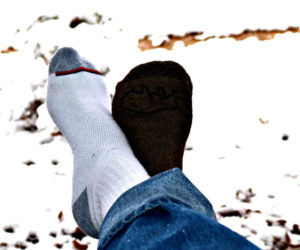
The white cotton sock will be cold and soggy, while the dark wool sock will be a much better choice for cold weather.
Warm or hot weather will find me in a pair of mesh Merrells®. A WPBM can get rather uncomfortable in hot weather. I’m partial to Merrells because they were the first brand I found to figure out the bottom of the human foot is not flat. I wear a breathable mesh boot most of the time. I need the ankle support for playing disc golf and hiking. I’ll wear the same pair with a WPBM when the weather or terrain gets sloppy.
Both hiking and disc golf wear intensely on specific spots of the boot, and consequently on specific spots on the WPBM. Eventually it will wear through and leak especially if you’re standing in water. The WPBM often wears out before the boot does. My favorite pair of Gore-Tex Merrells let me down during a disc golf tournament after a heavy rain. You know that squish when you hear it, and the boot getting colder is a clue.
IMHO
If I had to pick just one pair of boots, they’d have a WPBM. That’s for the climate, conditions, and activities I deal with. Having boots with and without the liner, I know I can dry perspiration out of a boot easier than I can dry out a soaked boot, under normal circumstances. (If you submerge a boot with a WPBM……………. well, that’s another story with its own problems.)
A WPBM usually works for me with the following provisions:
- You don’t have water going over the top of the boot, or rain pants draining into it.
- Use wool socks, change often, and dry socks overnight.
- Dry boots each night, and when not in use, with a dryer, sunlight, campfire, whatever is available.
Find what works for you.
Examples of Waterproof Breathability Ratings for Major Manufacturers
| Brand | Fabric | Waterproofness (mm/24 hours) | Breathability (g/m2/24 hours) |
| Columbia Sportswear | Omni-Tech® (Adults) | 10,000 | 10,000 |
| Columbia Sportswear | Omni-Tech® (Kids) | 5,000 | 5,000 |
| Event | Event | 30,000 | 22,000 |
| Gore-Tex® | PacLite® | 28,000 | 15,000 |
| Gore-Tex® | Pro-Shell 2-Layer | 28,000 | 25,000 |
| Gore-Tex® | Pro-Shell 3-Layer | 28,000 | 25,000 |
| Lowe Alpine Triplepoint® | 3-Layer | 20,000 | 20,000 |
| Marmot | MemBrain® | 20,000 | 25,000 |
| Marmot | PreCip® | 15,000 | 12,000 |
| Marmot | PreCip Plus® | 25,000 | 15,000 |
| Mountain Hardwear | Conduit | 20,000 | 20,000 |
| Sierra Designs | Hurricane | 8,000 | 2,000 |
| Sierra Designs | Microlight | 600 | N/A |
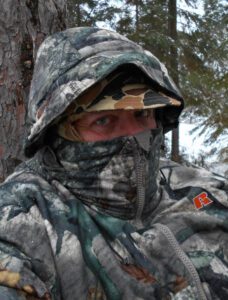
Bob Patterson in field testing mode.
Robert A. Patterson is on my short list of people to go into the wilderness with. Bob was my roommate at Iowa State University way back when, and is a skilled outdoorsman, an avid deer hunter and fisherman. For more than two decades, he did an annual solo, two-week canoe trip in the Boundary Waters Canoe Area Wilderness. We have been on many, many outdoor excursions together.
His career choices make Bob a great source for gear reviews. A retired firefighter and first responder, Bob was also an EMT, and the job required he be outdoors in all sorts of nasty, cold Minnesota weather. (Bob knows his foul weather gear and is my go-to guy for questions about winter camping, rain gear or other survival clothing!)
Bob is also a Taekwondo black belt, retired member of the National Ski Patrol, and a certified rope rescue instructor.
Please click here to check out and subscribe to the SurvivalCommonSense.com YouTube channel – thanks!
There are many factors that determine how comfortable your hiking footwear will be. Consider these things when you are shopping:
-
- Shoes or boots for hiking?
- Waterproof or not?
- What are the best socks for the conditions?
- How do you avoid getting sore feet?
- Will the shoes or boots keep your feet warm?

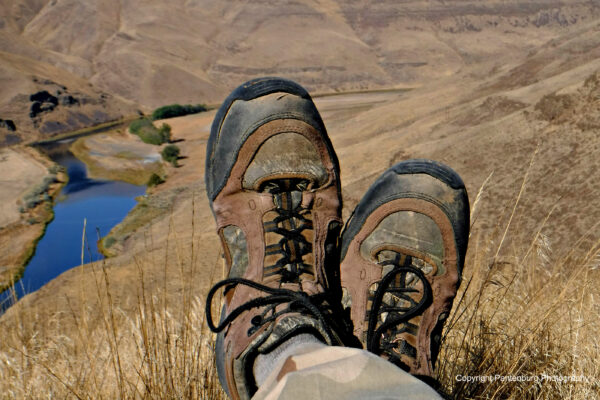
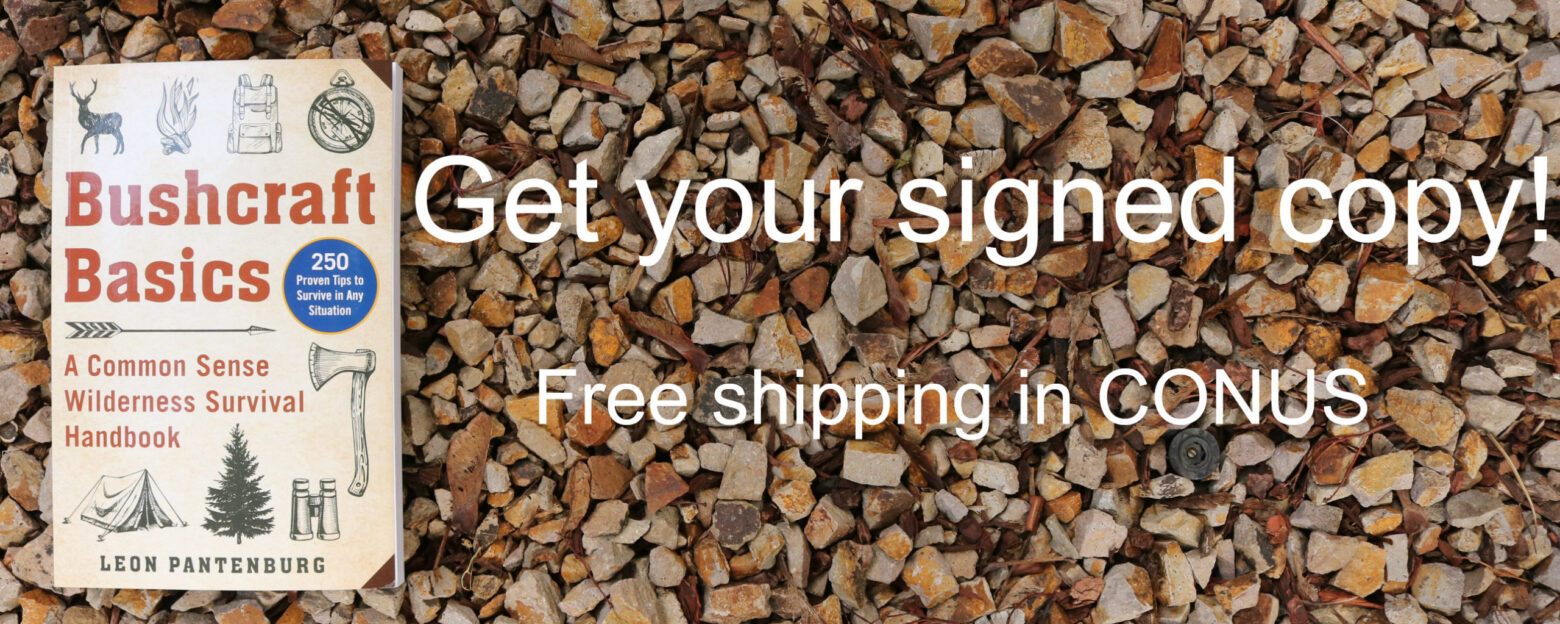
Leave a Reply